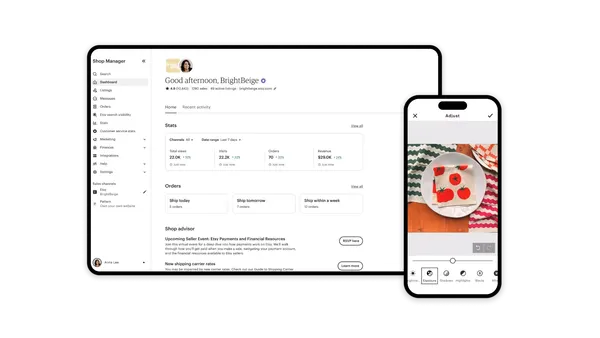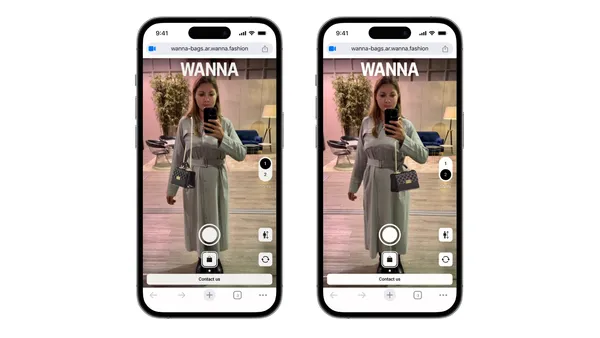The pandemic isn’t over, but in many parts of the world, things are starting to look up. With vaccinations increasingly available, people are beginning to resume their favorite activities.
For some, that means in-person shopping. During the pandemic, consumers got used to shopping on store websites, apps, and through social media sites.
Not only did people get used to shopping through different channels, but they also became accustomed to paying differently. In a recent survey by PYMNTS.com and Cybersource, consumers said their digital shopping channel use increased 60% since the beginning of the pandemic.[1] However, there is still a perception gap between which digital features merchants should employ to keep their customers happy and returning.[2]
Now, as consumers look to shop for their post-pandemic goods, businesses expect to see a retail resurgence.[3] As retailers look forward to this upswing in purchasing, they must be prepared with the right payment options for the omnichannel customer.
Getting ready for the post-pandemic shopper
The pandemic undoubtedly changed how customers shop and those changes have a significant impact on how retailers operate going forward, said Ron Buchanan, VP Sales, North America, Cybersource, a Visa Solution. “Customers want to seamlessly shop using multiple channels such as mobile, web browser, in-store — switching between channels during the shopping process, and to have multiple options for payment. In response, retailers must adapt to a digital-first environment and offer a flexible, omnichannel payment experience for the omnichannel shopper.”
Many large and small retailers were unprepared when the world switched to online purchasing during the shutdown. Some had e-commerce capabilities but didn’t have a variety of payment methods. Consumers couldn’t use cash for online purchases, and many didn’t want to use credit, Buchanan said. Instead, they wanted to use alternative payment methods like buy now, pay later; CashApp; Peer-to-Peer apps like Venmo or PayPal; Digital Wallets like Apple, Google or Samsung Pay or checking account links. But when a retailer didn’t offer a payment method the consumer was familiar with, it was a problem. “For some retailers, those options either didn’t exist or were too cumbersome for the end consumer to figure out,” Buchanan added.
Remember, online shopping was new for many consumers — one study found that 14% of consumers hadn’t ordered online before the pandemic.[4] If customers couldn’t use payment methods they were comfortable with, they didn’t make the purchase. “About 50 percent of consumers abandoned an online shopping cart due to difficulties in completing a purchase,” said Buchanan.[5] “If, as a consumer, you’ve spent all of this time on the site, picking out what you want and having a great experience. Why should that experience degrade once you get to the shopping cart?”
Complexities of building the payment process
Before COVID, retailers focused on how they could keep customers coming into the stores versus building out a robust set of online payment options. , Buchanan said. Now, however, they’re rethinking those decisions, realizing the complexity that exists with consumers who expect their preferred payment options.
Ensuring your payment infrastructure meets customer needs can be complex because of the global nature of payments. Retailers must determine if their processes are designed to satisfy people in different countries or regions with different preferred payment options, Buchanan said.
Retailers also want to upgrade their systems to digital-first technology, but don’t want to disrupt their current processes. “A lot of retailers are reaching out [to us], saying, ‘We thought we knew how to do this, but when we started digging into it, we realized we need help.’”
Making sure the payment process is seamless, regardless of channel
Every business should adapt and implement a digital-first process, Buchanan said. Instead of putting point-of-sale terminals into 600 stores that are not connected, retailers should look at platforms that are specifically developed to connect digitally and enhance the omnichannel experience.
Even as retailers move forward to improve the payment process, they shouldn’t go too far too fast, Buchanan cautioned. “Create a plan that's within your current budget yet scalable towards the future growth of your business. I see so many companies take on much more than they can afford or that they have the resources to implement.”
As retailers improve their payment process, they must consider what value they can offer to their customers, Buchanan said. Even though payment comes near the end of the customer journey, it can still impact the customer’s current purchasing experience as well as future ones.
Additionally, the payment process is an ideal time to collect first-party customer data, which can help retailers provide more personalized service.
Since 2020, customers’ expectations and behaviors have changed tremendously, from the beginning to the end of their purchasing journeys. Retailers must respond to this shift and win the hearts, minds and loyalty of these customers by creating a fast, seamless and ubiquitous payment process that merges the omnichannel experiences.
[1] PYMNTS.com, Cybersource.“The Global Digital Shopping Index-United States Edition.” November 2020.
[2] PYMNTS.com, Cybersource.“The Global Digital Shopping Index-United States Edition.” November 2020.
[3] “Is Retail Preparing for a Resurgence?” JLL, 2 Apr. 2021, www.us.jll.com/en/trends-and-insights/cities/is-retail-preparing-for-a-resurgence.
[4] Namogoo. “Consumer Survey: How COVID-19 Online Shopping Habits Are Shaping the Customer Journey.” Namogoo, 2 June 2021, www.namogoo.com/resources/ebook/how-covid-19-online-shopping-habits-are-shaping-the-customer-journey.
[5] PYMNTS.com, Cybersource.“The Global Digital Shopping Index- United States Edition.” November 2020.










